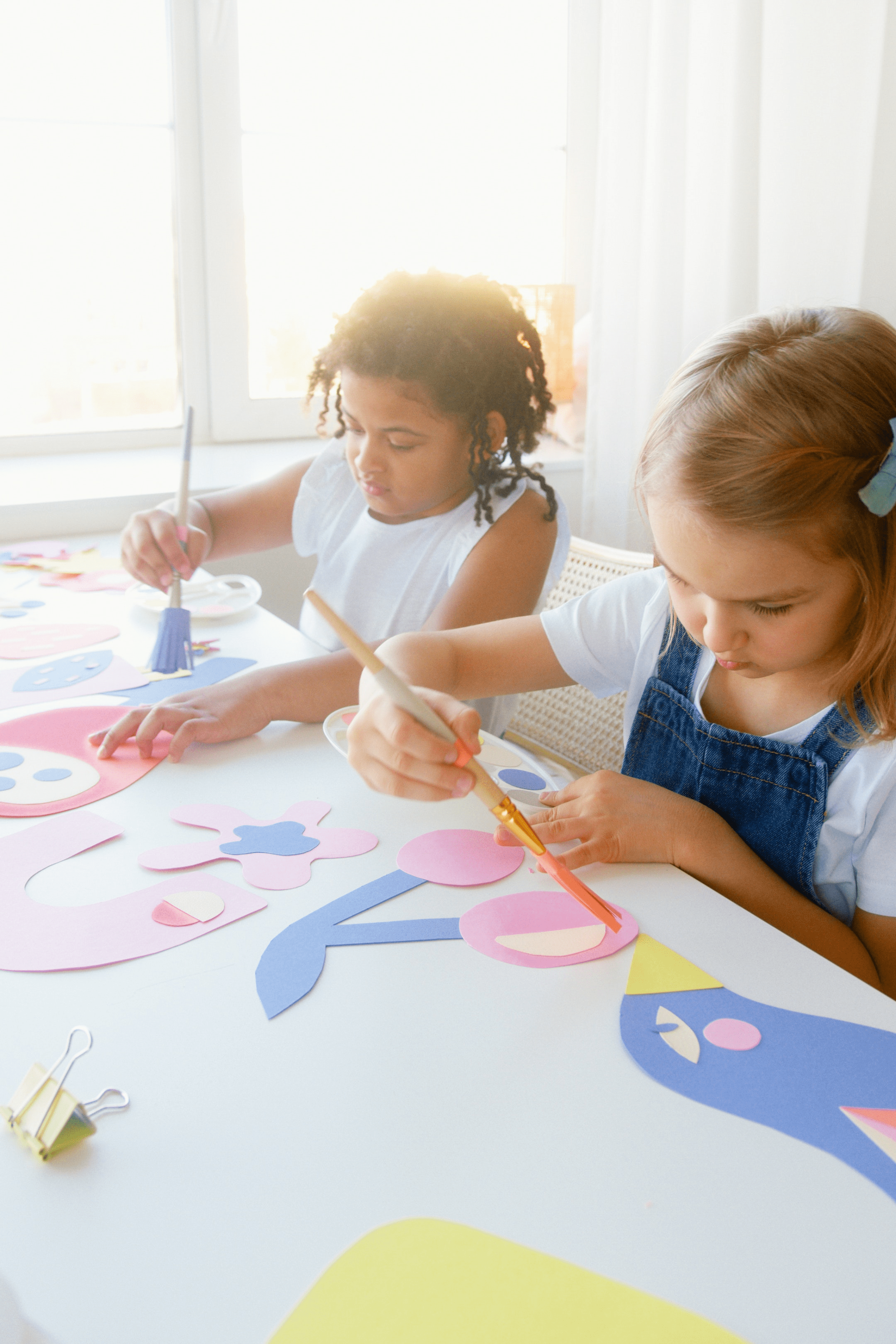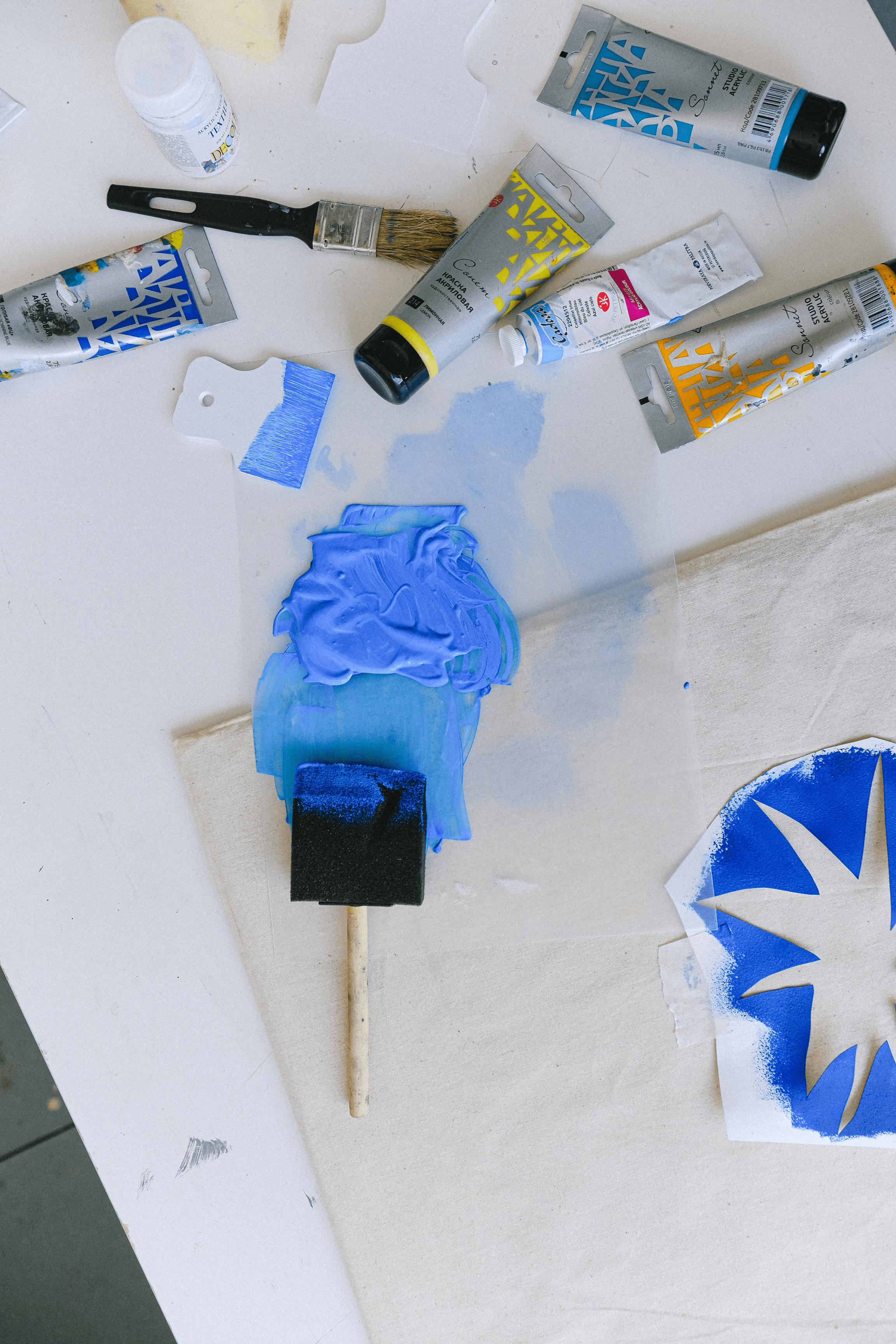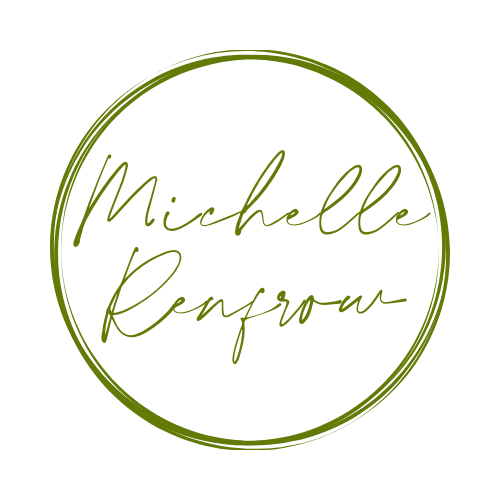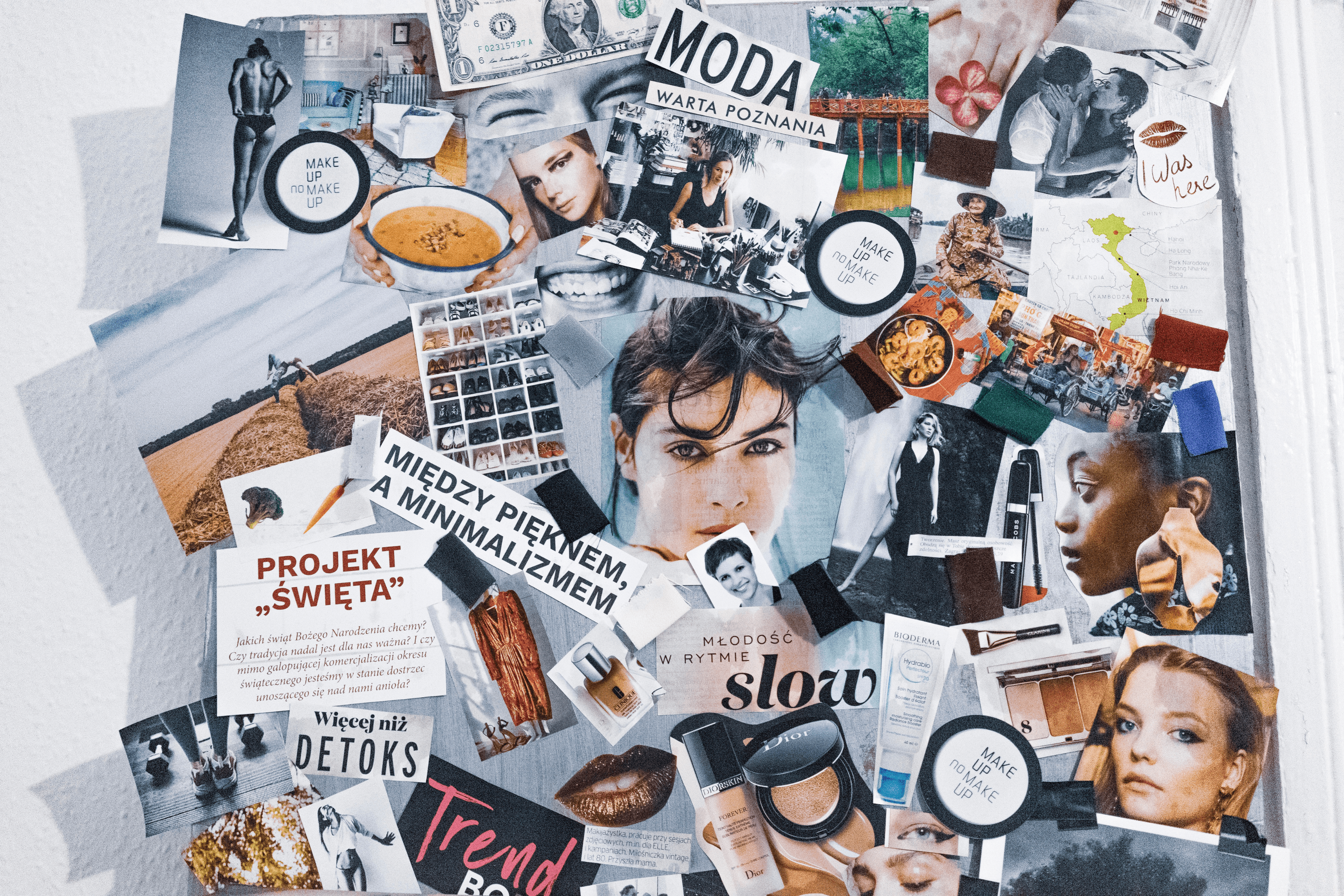So what is art therapy? It is a new technique in terms of therapy styles that have been around since Freud was coming up with his odd therapeutic styles and practices. Some of it was seriously unusual and yet, he is the Father of Modern Psychotherapy. Of course that was over 100 years ago and since then the world has come a very long way.
When you look up the definition of art therapy you can surmise that it is a method used to treat some psychological disorders and enhances someone’s mental health through the experiences.
The technical definition of what is art therapy; It is a technique that stems from the idea that the act of expressing oneself in a creative format fosters healing and mental well being.
When thinking about what art therapy is, we can also consider what it isn’t, it is not the only type of expressive therapy! There is also dance therapy, drama therapy, expressive therapy, music therapy, and writing therapy.
What types of art therapy are there?

Collage art. For some reason some people are intimidated by art. It could be from previous negative experiences with others or their own anxiety over creating something beautiful and perfect.
However as we have discussed, “talk therapy” is hard for some to participate in. Having that buffer of art can be very helpful in the therapy process.
I like to keep around a crate of magazines, images, stickers and other fun materials from books, junk mail, catalogs, etc that allow my clients to rifle through. I encourage my clients to cut and glue and move these images around on a surface. Sometimes I present my clients with a prompt to focus on or a narrative to follow. Perhaps a topic may be “what do you want your life to look like in 6 months?”
Photography or phototherapy. It is a practice where therapists and clients bring personal albums, photographs and scrapbooks.
They spend time putting together a timeline of the client’s life and experiences. Through the exploring of a client’s life in a visual way, oftentimes themes, patterns and negative experiences can be resolved or a course of action can be created.

Painting. The sky’s the limit when it comes to painting. You can paint literally anywhere and anytime.
You start with a blank canvas or paper and paint whatever you wish.
Perhaps you are painting some feelings, or working out a problem you are marinating. You can manipulate and construct images, paint and repaint.
Sometimes I paint hard things and then when it’s dry I will go over it with something else. It’s like my way of altering my feelings about my past, or perhaps getting over a feeling or issue.
When you paint, you can use spray paint, watercolors, acrylic paints, oil paints, tempera paints or anything else you can find.
The dollar store is the jam for all that when you’re on a tight budget.

One thing that remains the same in expressive therapy techniques is the therapist/client relationship. A supportive environment allows the client to use art materials to express one’s feelings or experiences. A therapist may sometimes provide ideas or prompts for your work.
Some expressive therapy groups might focus on a specific theme or activity per session. Therapists are not here to judge or tell you what your work means. They may make observations or help you explore what your work means to you and how you felt while making the work. Not everything you do has meaning behind you, but sometimes you may find a reason for why you chose to draw a table and chairs or chose a specific color for your work.

What is art therapy doing to help participants . . .
A way to communicate feelings or thoughts that sometimes we find too difficult to talk about. Some clients are too young to be able to verbalize their feelings or thoughts. It may assist you in looking at a problem or situation in a new way.
For young children I use art therapy as a way to explore difficult or painful experiences. It can be very hard to talk about those kinds of things but drawing it or using play therapy toys may be very helpful.
Art therapy can help you understand yourself better and feel much more comfortable in the therapeutic relationship in general. Art or other expressive therapies can be a huge buffer between a client and working on difficult themes.
Where do you find certified licensed art therapists?
They work with individuals, couples, families and groups in diverse settings. Sometimes you will find them in hospitals, schools, veteran clinics, private practice, psychiatric and rehabilitation facilities, community clinics, crisis centers, forensic institutions and senior communities.
I have had friends at a local children’s hospital here in Houston called Texas Children’s Hospital. Every floor has a play room full of activities and scheduled programs. For children who cannot leave their room there are specific therapists who will come to you room and engage you in some different forms of therapy.
It’s a brilliant move. For some children it is a time for kids to “check out” for a while. To not have to remember the IV in their arm or the upcoming procedures.
It might also be a way to work through the trauma and anxiety they are feeling at that moment. It’s an amazing practice and engages kids on their level in a way that helps them heal their emotional wounds.
You do not HAVE to hire a licensed art therapist. There are many therapists out there that offer alternative therapies to their clients in their practice.
I use art as a form of self expression in my practice and while I have taken numerous art therapy training, I am not a licensed art therapist. Only a licensed art therapist has the tools and certified training to offer a comprehensive therapeutic experience. I use my certified Art Life Coach licensing as another way of engaging with my clients.


